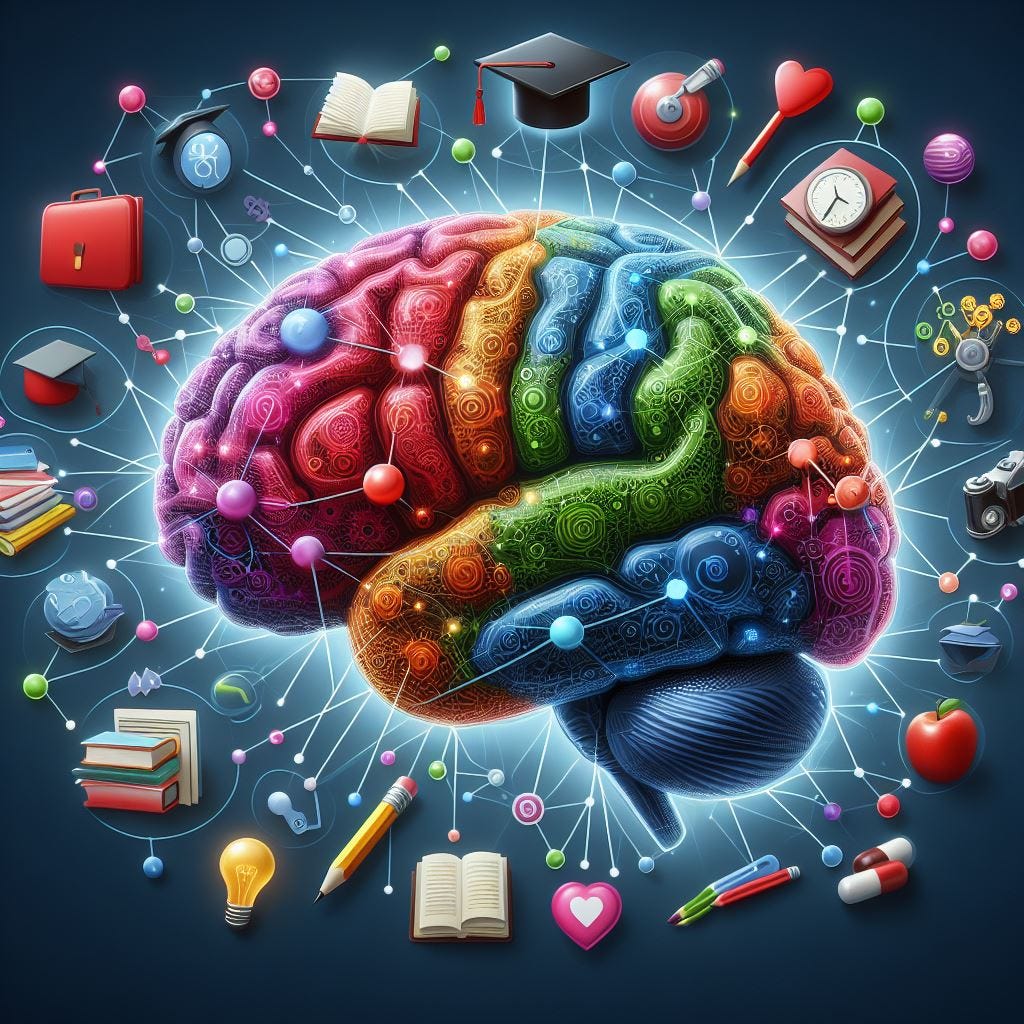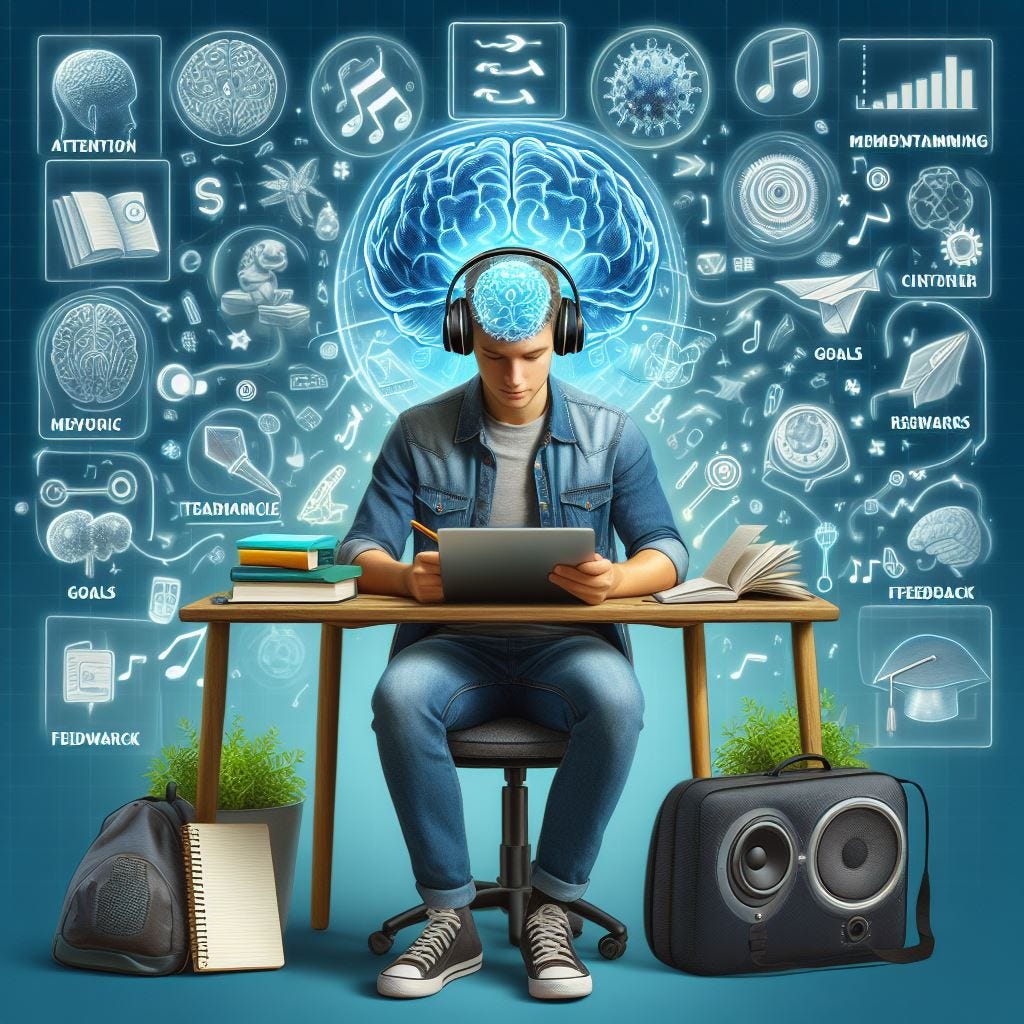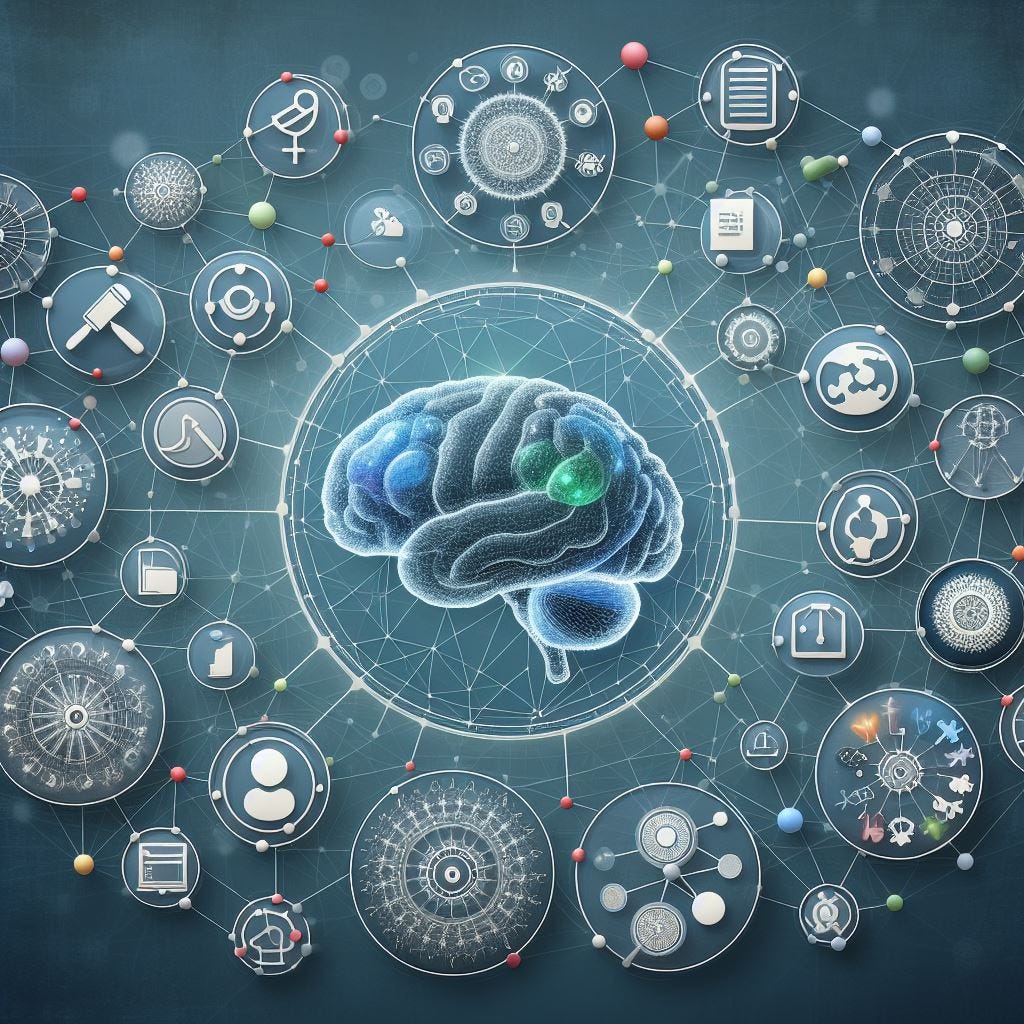The Brain and The Science of Learning
Applying neuroscience to education design.
Neuroscience is the scientific study of the brain and the nervous system, exploring how the brain functions, develops, and changes in response to various stimuli and experiences.1 This field offers valuable insights into understanding how people learn, the factors influencing learning, and ways to improve learning outcomes. However, applying neuroscience to education is not without challenges and limitations. We will discuss how neuroscience informs the design of effective learning environments, and interventions, and fosters a culture of learning and innovation. Ethical and social issues related to applying neuroscience to education will also be addressed, along with suggestions for future research and practice.
How Neuroscience Can Help Identify the Optimal Conditions for Learning
One primary goal of applying neuroscience to education is to identify optimal conditions for learning—factors that enhance or hinder learning processes and outcomes.2 Neuroscience aids in understanding the role of attention, memory, and motivation in learning. For instance, attention, the ability to focus on relevant information, can be influenced by feedback, rewards, goals, expectations, and self-regulation.3 Neuroscience allows us to design tasks that capture attention, enhance memory, and foster motivation.
Understanding the effects of stress, emotion, and well-being on learning is crucial. Stress, emotion, and well-being significantly impact learning outcomes. Neuroscience helps identify the optimal level of stress for learning, balancing arousal and alertness without impairing cognitive performance. It also sheds light on how emotions and well-being influence learning positively or negatively.4
Additionally, neuroscience addresses individual differences and diversity in learning. It explores variations in cognitive abilities, learning styles, preferences, and strategies among learners, as well as differences in cultural, linguistic, social, and environmental backgrounds. This understanding helps create inclusive and equitable learning environments.5
How Neuroscience Can Help Design and Evaluate Learning Environments and Interventions
Another goal is designing and evaluating learning environments and interventions that align with brain-based learning principles.6 Brain-based learning emphasizes the active and constructive nature of learning, the influence of emotions, attitudes, and beliefs, and the importance of challenge, novelty, curiosity, repetition, and feedback in the learning process.
Neuroscience-informed learning environments and interventions leverage findings and insights from neuroscience. Examples include neurofeedback, brain-computer interfaces, educational games, and adaptive learning systems.7 These applications aim to regulate brain states, enhance interaction with technology, engage learners, and personalize learning content and pace.
Furthermore, neuroscience provides methods and tools for measuring and enhancing learning outcomes. Brain imaging and stimulation techniques, behavioral and physiological measures, and genetic and epigenetic analyses contribute to assessing and improving cognitive functions and skills.
How Neuroscience Can Help Foster a Culture of Learning and Innovation
A third goal is fostering a culture of learning and innovation by enhancing interdisciplinary collaboration, addressing ethical and social issues, and exploring future directions and opportunities.8 Interdisciplinary collaboration bridges the gap between theory and practice, ensuring the validity and relevance of neuroscience research in education.
Ethical and social issues arise in applying neuroscience to education, including privacy concerns, validity of methods and tools, equity and accessibility, potential risks, and ethical values. It is essential to address these issues responsibly.9
The future of neuroscience in education holds opportunities for developing and improving methods and tools, understanding neural mechanisms, collaborating across disciplines, and evaluating the impact of applying neuroscience to education.10
Bruer, J. T. "Education and the Brain: A Bridge Too Far." Educational Researcher, vol. 26, no. 8, 1997, pp. 4-16.
Howard-Jones, P. "Neuroscience and Education: Myths and Messages." Nature Reviews Neuroscience, vol. 15, no. 12, 2014, pp. 817-824.
Medina, J. Brain Rules: 12 Principles for Surviving and Thriving at Work, Home, and School. Pear Press, 2008.
Sousa, D. A. How the Brain Learns. Corwin Press, 2017.
Zull, J. E. From Brain to Mind: Using Neuroscience to Guide Change in Education. Stylus Publishing, 2011.
Zull, J. E. From Brain to Mind: Using Neuroscience to Guide Change in Education. Stylus Publishing, 2011.
Howard-Jones, P. "Neuroscience and Education: Myths and Messages." Nature Reviews Neuroscience, vol. 15, no. 12, 2014, pp. 817-824.
Bruer, J. T. "Education and the Brain: A Bridge Too Far." Educational Researcher, vol. 26, no. 8, 1997, pp. 4-16.
Howard-Jones, P. "Neuroscience and Education: Myths and Messages." Nature Reviews Neuroscience, vol. 15, no. 12, 2014, pp. 817-824.
Zull, J. E. From Brain to Mind: Using Neuroscience to Guide Change in Education. Stylus Publishing, 2011.









Great article!